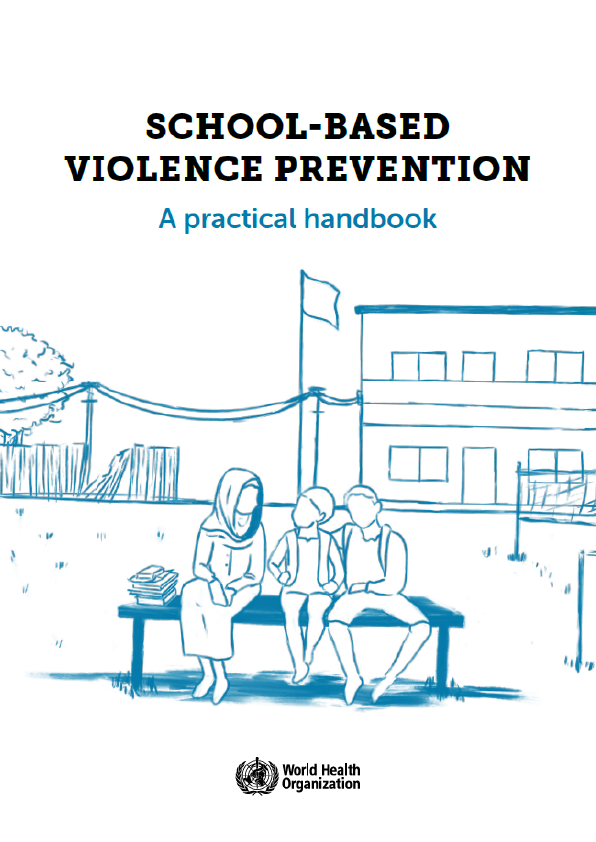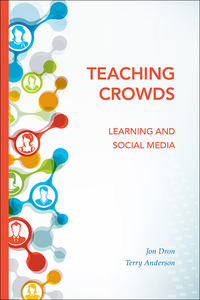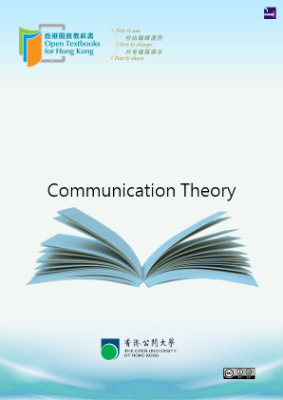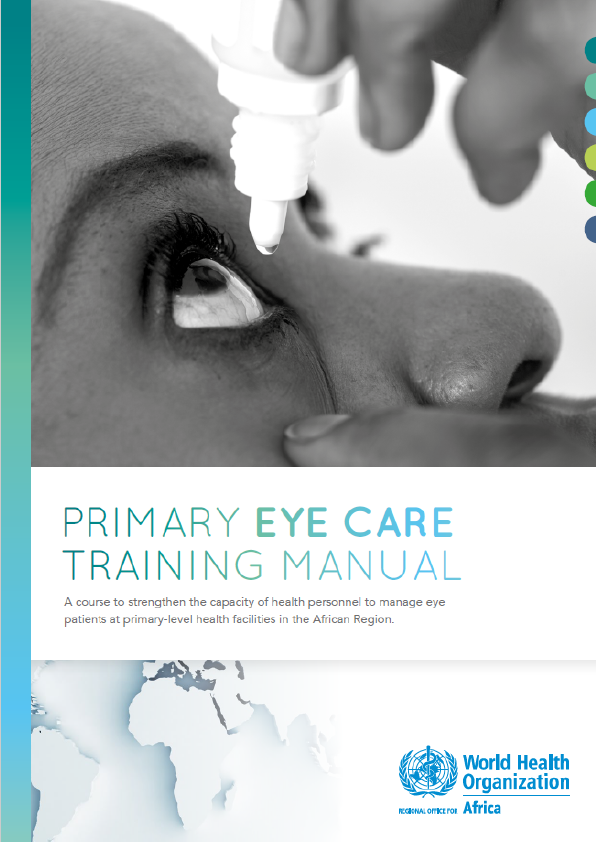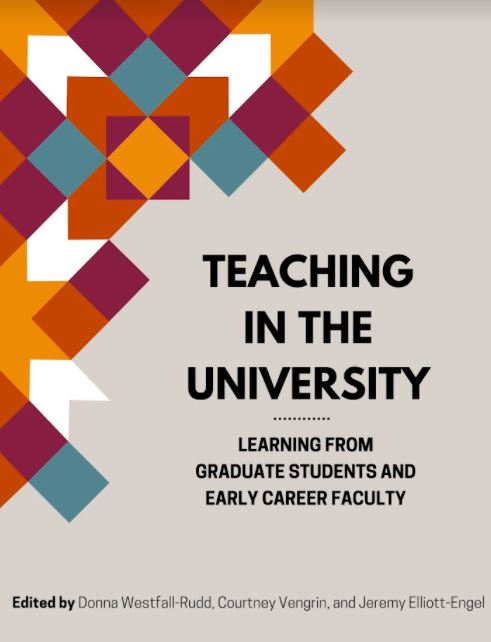Professors who care about writing will always make a strong plea for concision, precision, and revision (CPR). After college, the probability that your writing will be read is inversely proportional to its length and clarity. In the workplace, good writers are rapidly noticed and usually land in management positions; in academia, good writers eventually earn publication, and the best of these writers actually gain a readership who follows their work.
Concision
We can begin by cutting the needless and virtually meaningless words from the first few sentences in the example paragraph above —words including “in a variety of forms,” “as they always have been,” “various,” and “in terms of.” These words are needless because their meaning is already understood in context by the thinking reader. If trends “always have been,” for instance, the reader does not need to have their ongoing existence emphasized. By definition, “well-established patterns” would obviously be “various”; therefore we can strike the modifier “various” as unnecessary. By beginning with concision, we strip away what is needless before we attempt actual revision. Our task of effective tinkering thus becomes much easier.
Precision
Next, more precision can be created in those phrases that are the least exact in their meaning—for example, “an apparent growing quality.” Most importantly, we must find a way to make the meaning of the final sentence of the paragraph more precise. In its original form, that sentence is over 50 words long and includes 10 prepositions. Note also the imprecise clusters of nouns in this sentence, including “problems that often focus concern on regional economic decline” and “a context of low rates of national productivity improvement, on loss of international competitiveness.” It is extremely difficult to fit such mouthfuls into the sentence’s context.
Overall, the key to making the paragraph’s meaning more precise is to choose clear, meaningful, representative nouns (e.g., “regional economic decline”), place them at the head of each sentence, and follow them with verbs that describe each noun’s meaning in the sentence. As a rule, readers rely on one manageable noun, rather than several lengthy noun clusters, to carry the weight of a sentence’s meaning.
Revision
After stripping away the needless words and phrases and refining the meaning of the nouns and verbs, we are poised to revise the sentence and improve its style. We can now begin to provide clearer connections from one sentence to the next via simple, standard transition words and thoughtful repetition of key terms. In the revision process, we can also begin to recognize how transitions as simple as “recently,” “this,” and “also” provide connective tissue, and how effective repetition of the key terms “decline” and
“change” can bolster the reader’s understanding of the material.




